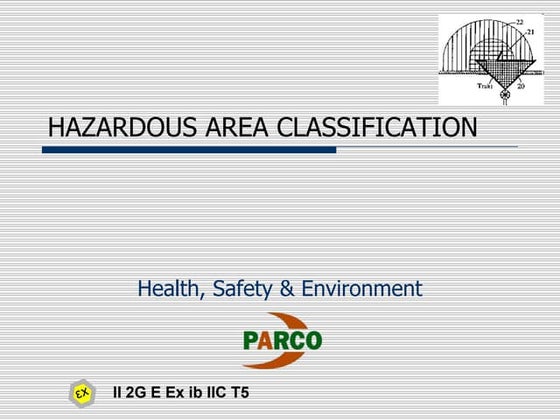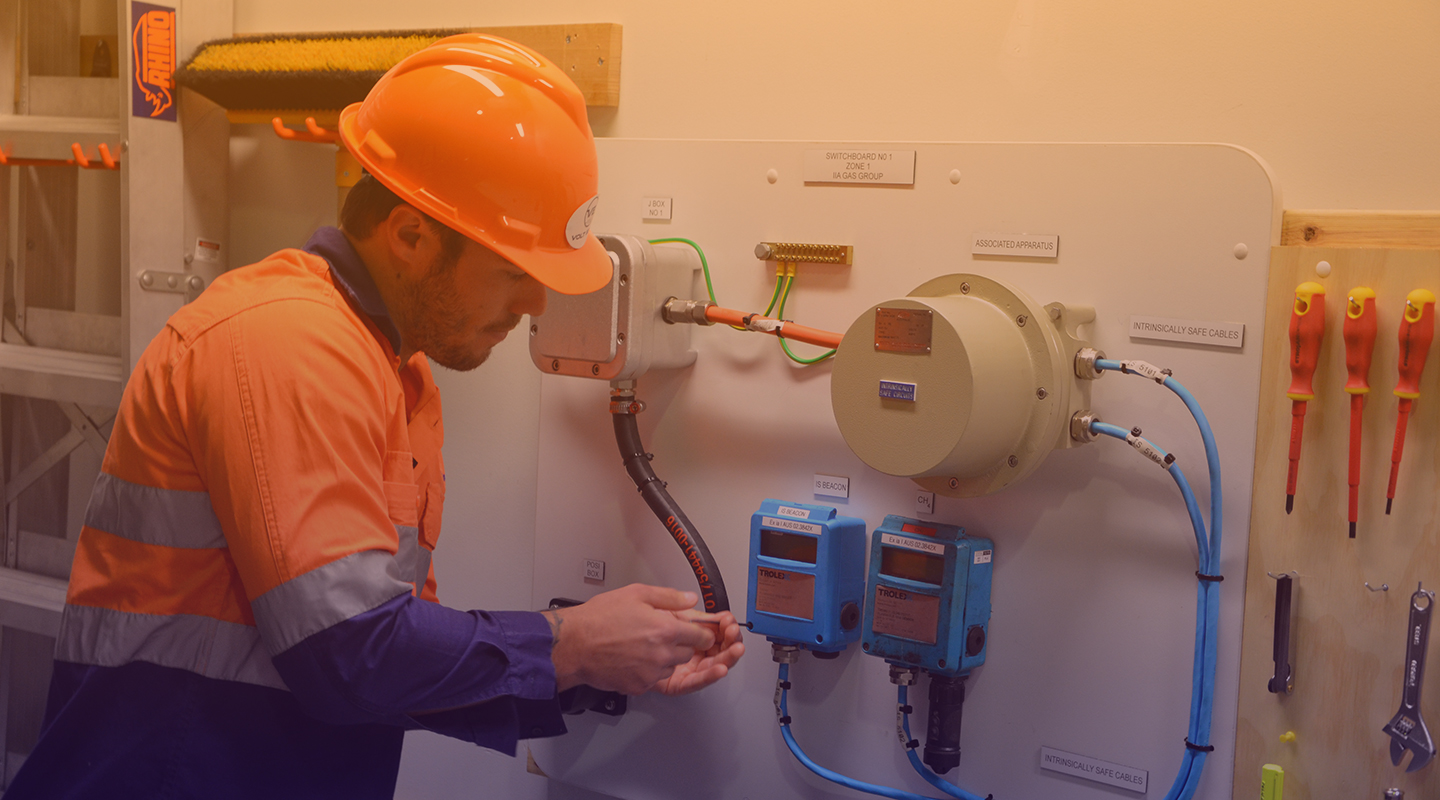The Best Strategy To Use For Roar Solutions
The Best Strategy To Use For Roar Solutions
Blog Article
The 4-Minute Rule for Roar Solutions
Table of ContentsSome Of Roar Solutions10 Easy Facts About Roar Solutions ExplainedRoar Solutions - An Overview
In order to protect installments from a potential explosion a technique of evaluating and classifying a potentially dangerous area is called for. The purpose of this is to ensure the correct option and setup of equipment to inevitably stop a surge and to make sure safety of life.
(https://urlscan.io/result/8b06a2f1-9edb-4076-8512-31003b1bcc3a/)
No devices needs to be mounted where the surface area temperature of the tools is more than the ignition temperature level of the provided risk. Below are some usual dirt dangerous and their minimum ignition temperature level. Coal Dirt 380C 225C Polythene 420C (melts) Methyl Cellulose 420C 320C Starch 460C 435C Flour 490C 340C Sugar 490C 460C Grain Dust 510C 300C Phenolic Material 530C > 450C Aluminium 590C > 450C PVC 700C > 450C Soot 810C 570C The chance of the risk existing in a concentration high enough to cause an ignition will differ from area to place.
Dangerous area electric equipment maybe made for usage in higher ambient temperature levels. Field Repair By Authorised Personnel: Difficult screening might not be called for nonetheless certain procedures may need to be followed in order for the equipment to keep its third event score. Each item of equipment with an unsafe ranking need to be examined separately.
How Roar Solutions can Save You Time, Stress, and Money.
The equipment register is a detailed database of equipment documents that includes a minimum set of areas to determine each thing's place, technical parameters, Ex category, age, and ecological data. The ratio of Comprehensive to Close inspections will certainly be established by the Tools Danger, which is evaluated based on ignition danger (the probability of a resource of ignition versus the possibility of a flammable ambience )and the unsafe area classification
( Zone 0Area 1, or 2). Implementing a durable Risk-Based Assessment( RBI )technique is crucial for making sure conformity and security in managing Electric Tools in Hazardous Areas( EEHA).
The Single Strategy To Use For Roar Solutions

In terms of explosive threat, a hazardous area is an environment in which an explosive atmosphere exists (or might be expected to be present) in quantities that require unique preventative measures for the building, installation and usage of devices. electrical refresher course. In this short article we explore the challenges dealt with in the workplace, the threat control measures, and the called for competencies to function safely
It issues of contemporary life that we manufacture, store or take care of a variety of gases or liquids that are considered flammable, and a series of dusts that are deemed combustible. These materials can, in certain problems, form explosive environments and these can have significant and heartbreaking consequences. Many of us recognize with the fire triangle eliminate any kind of among the three components and the fire can not occur, but what does this mean in the context of harmful locations? When breaking this down right into its simplest terms it is basically: a mix of a specific amount of release or leak moved here of a certain substance or material, combining with ambient oxygen, and the visibility of a resource of ignition.
In a lot of circumstances, we can do little about the levels of oxygen in the air, but we can have considerable impact on resources of ignition, as an example electrical devices. Unsafe locations are documented on the unsafe location category drawing and are recognized on-site by the triangular "EX-SPOUSE" indicator. Here, amongst other essential details, areas are divided right into three types depending on the danger, the likelihood and period that an eruptive atmosphere will exist; Zone 0 or 20 is considered the most dangerous and Zone 2 or 22 is deemed the least.
Report this page